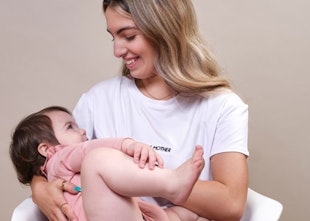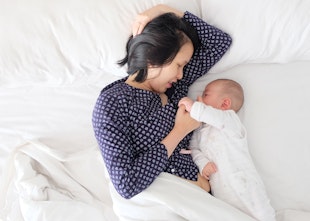Sometimes known as a milk blister, a milk bleb can appear as a pimple or white spot usually the size of a pinhead or a little bigger on the nipple.
Milk blebs are very common for breastfeeding mothers and in some cases can lead to a painful feeding experience and on occasion, some women can also have a blocked duct.
What causes milk blebs or blisters?
A milk bleb is usually caused by a blocked nipple pour and occurs when skin overgrows a milk duct opening and milk backs up behind it.
Other common causes can include:
- Engorgement.
- Oversupply.
- Latch, suck or tongue problems.
- Thrush.
- Pressure on that area of the breast.
How do I treat a milk bleb?
The treatment for removing a milk blister or bleb is typically the same as managing a blocked duct. To remove and unblock your nipple pore it is recommended to massage the affected breast while in a warm shower to help release any small blockages but first, you must gentle rub the extra layer of skin to try to help loosen it.
Follow these simple steps to remove a milk bleb or blister:
1. Soften the skin around the bleb with warm water in the shower or bath.
2. Gently scrape away any excess skin using a moist washcloth or by gently scraping with the tip of your clean fingernail.
3. Nurse or pump as normal to keep up your supply and prevent any further blockages.
4. Treat the affected area with an approved nipple cream such as Lanolin to help aid healing and to prevent any infections from occurring.
If these steps do not work repeat the process until it clears up or get in touch with an accredited lactation consultant for tips and advice.
It is extremely important that you do not use a needle to try open the milk bleb or blister, only a professional healthcare provider can do this in a clean environment using a sterile needle.







